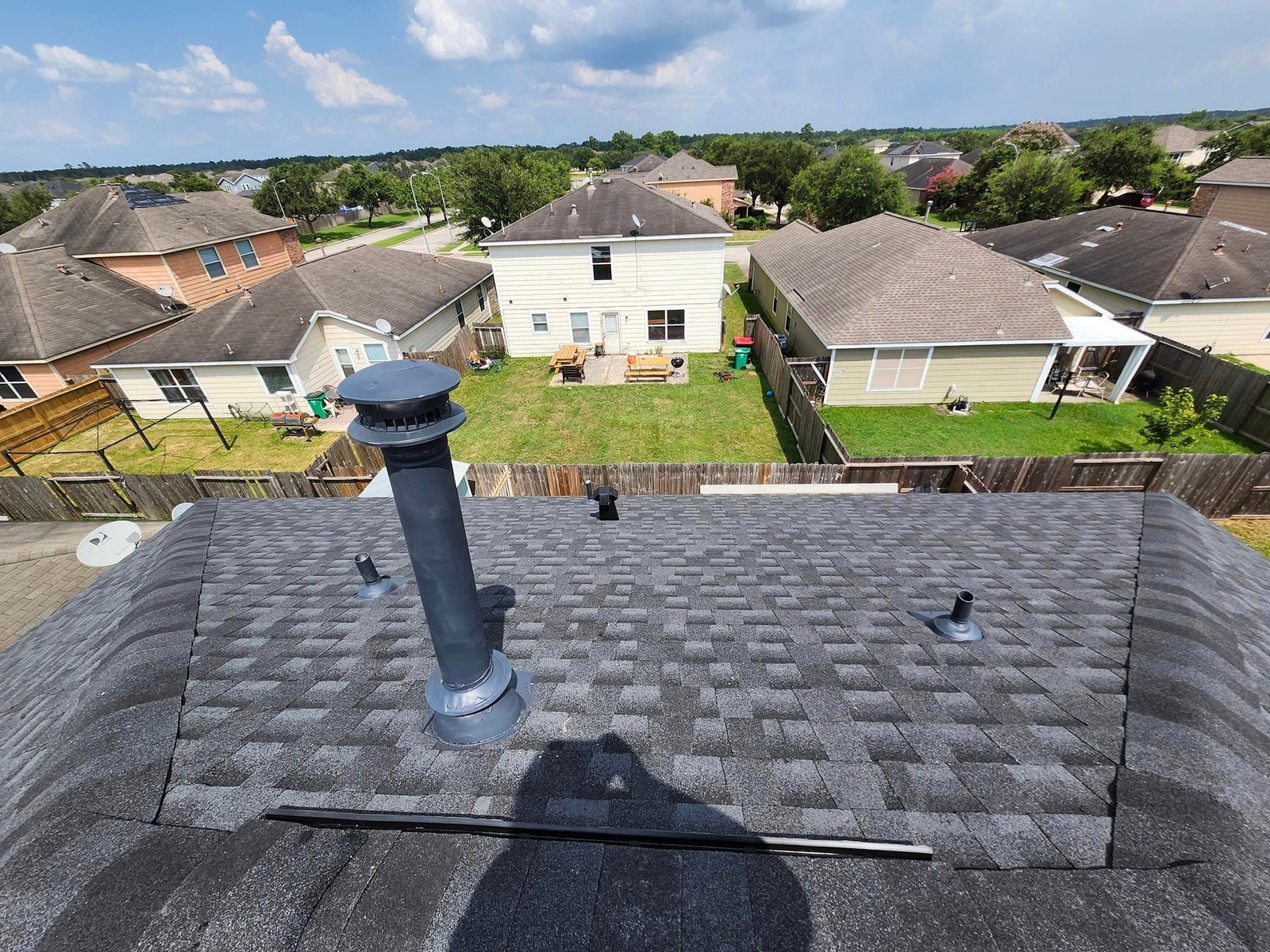When it comes to roofing options, few materials can match the timeless elegance, durability, and functionality of clay tiles. With their roots tracing back thousands of years, clay tiles have stood the test of time, offering superior protection and aesthetic appeal. Whether you’re building a new home or replacing an existing roof, understanding the clay tile roof installation process is crucial. This guide will walk you through everything you need to know about clay tile roofs, including their benefits, installation process, and maintenance tips.
Why Choose This Timeless Roofing Material?
This type of roof offers several advantages, making it a popular choice across various climates and architectural styles:
Long Lifespan
Renowned for its durability, this material can last 50 years or more with proper care, significantly outlasting many other roofing options.
Energy Efficiency
Its natural insulating properties help regulate indoor temperatures, reducing heating and cooling costs throughout the year.
Aesthetic Versatility
Available in a range of colors, shapes, and designs, this roofing material enhances the curb appeal of homes with both traditional and contemporary architecture.
Low Maintenance
Resistant to rot, insects, and fire, it requires minimal upkeep compared to other roofing solutions.
Sustainability
Made from natural materials, it’s an eco-friendly choice that can often be recycled at the end of its lifecycle.

Preparing for the Installation Process
Proper preparation ensures a smooth installation and long-lasting results. Here’s what you need to consider before starting:
Structural Assessment
This roofing material is heavier than many alternatives, so your home’s structure must be inspected to confirm it can handle the load. Reinforcements might be necessary for older homes.
Material Selection
Choose a design and style that complements your home’s architecture and suits your region’s climate. Interlocking styles, for example, provide better resistance against wind and rain.
Budget Planning
While the upfront costs can be higher than other materials, the long-term benefits, including low maintenance and extended lifespan, make it a smart investment.
Local Regulations
Check local building codes to ensure compliance. Some areas may have specific requirements for roofing materials or installation methods.
Weather Planning
Schedule the project during dry weather to avoid complications caused by rain or snow.
Step-by-Step Installation Process
Installing this type of roof requires precision and attention to detail. Here’s how the process typically unfolds:
1. Removing the Old Roof
If replacing an existing roof, all old materials, including shingles, underlayment, and damaged decking, must be removed.
- Dispose of debris responsibly to reduce environmental impact.
2. Inspecting the Deck
The roof deck must be examined for damage or rot. Any weak areas should be repaired or replaced to provide a sturdy foundation.
3. Adding Waterproofing Layers
A waterproof underlayment is installed to act as a barrier against moisture. This layer is essential for protecting the roof from water damage over time.
- Overlap the underlayment to ensure complete coverage.
- Secure it with nails or adhesive to prevent shifting.
4. Installing Support Framework
Some installations involve adding battens or wooden strips to the roof. These provide additional support and allow water to drain efficiently.
- Use treated wood to prevent rot and decay.
5. Placing the Roofing Material
This step involves laying each piece individually, starting at the bottom edge and working upward. The overlapping design ensures water flows off the roof without seeping through.
- Secure each piece with nails or screws, depending on the design.
- Maintain consistent spacing and alignment for a polished look.

6. Custom Fitting
Pieces may need to be trimmed to fit edges, valleys, or corners perfectly. Precision cutting ensures a seamless and watertight installation.
7. Finishing Touches
Ridge and hip pieces are installed last, capping off the roof for a finished appearance. These components are essential for both aesthetics and functionality.
Post-Installation Steps
Thorough Inspection
Check for any loose or misaligned pieces, gaps, or issues with flashing. Addressing these immediately can prevent future problems.
Cleaning the Site
Remove leftover materials and debris to ensure the area is safe and tidy.
Applying Protective Coatings
A breathable sealant can be applied to enhance water resistance without compromising the material’s natural properties.
Maintenance Tips
One of the greatest advantages of this roofing style is its low maintenance. However, periodic care will ensure it continues to perform at its best:
Regular Inspections
Check for broken or displaced pieces, especially after storms. Replace damaged sections promptly to maintain integrity.
Gentle Cleaning
Remove debris, moss, or algae using a soft brush and mild water pressure. Avoid harsh chemicals or high-pressure washing.
Flashing Checks
Ensure that flashing around chimneys, vents, and valleys remains intact to prevent leaks.
Tree Maintenance
Trim overhanging branches to avoid damage from falling limbs or accumulated debris.
Cost Considerations
The price of this roofing option depends on several factors, including material quality, roof size, and labor costs. Here’s an estimate to help you plan:
- Materials: $10 to $20 per square foot
- Installation: $8 to $15 per square foot
- Total Cost: $18 to $35 per square foot
While the initial investment may be higher, the longevity and reduced maintenance make it a cost-effective solution over time.
Conclusion
Installing a clay tile roof is a significant investment in your home’s aesthetic and structural integrity. With proper planning, professional installation, and regular maintenance, a clay tile roof can protect your home for decades while adding timeless charm to its appearance.
If you’re considering clay tile roofing, consult with a licensed contractor to ensure a smooth installation process and enjoy the peace of mind that comes with a durable, beautiful roof.



